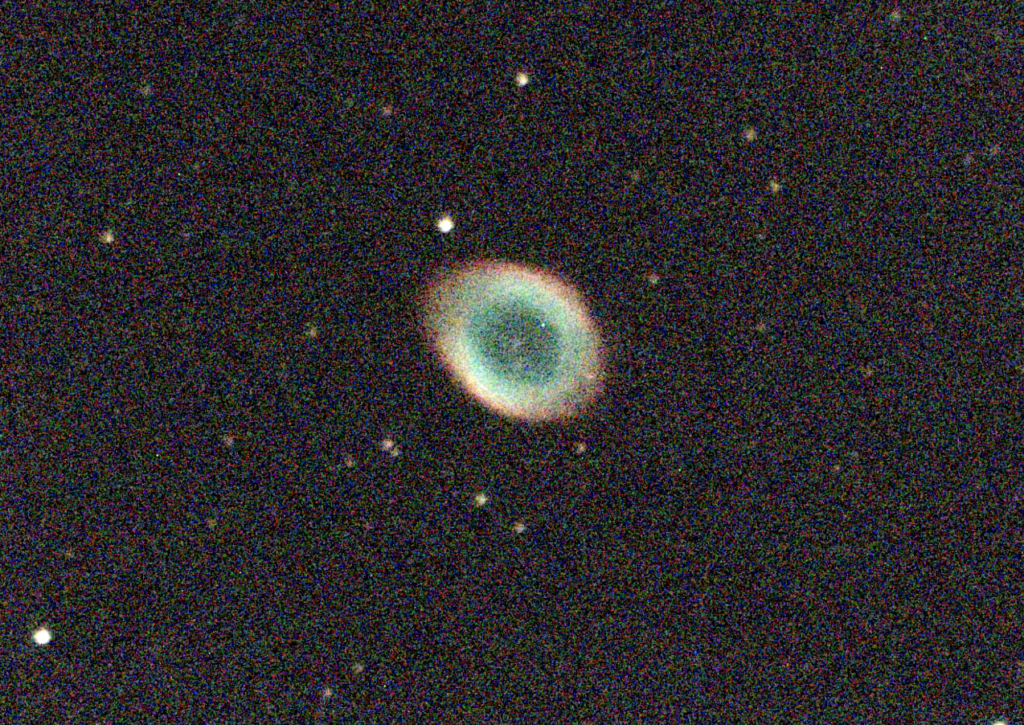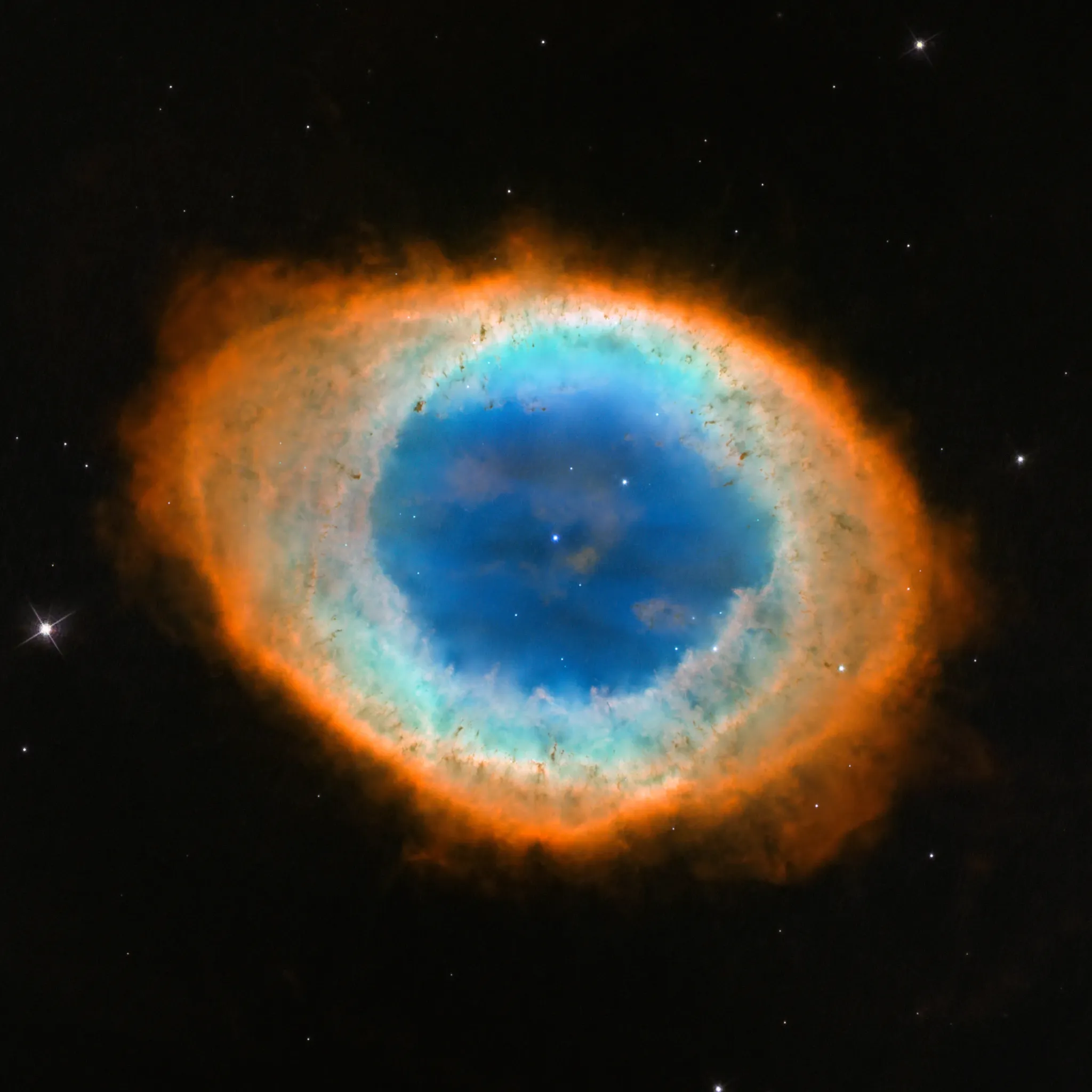M57 | NGC 6720 | Ring Nebula | Lyra | 2,300 Light Years Away

Messier 57, also known as the Ring Nebula, is a planetary nebula located in the constellation Lyra. Discovered by the French astronomer Antoine Darquier in 1779, it was later cataloged by Charles Messier. Positioned approximately 2,300 light-years away from Earth, the Ring Nebula is a striking example of a dying star’s outer layers expelled into space.
The distinctive appearance of the Ring Nebula is due to the expanding shell of ionized gas and the central white dwarf star at its core. The nebula’s concentric rings and overall ring-like structure make it a popular target for amateur astronomers and astrophotographers. Observations of Messier 57 provide astronomers with valuable insights into the late stages of stellar evolution, offering a glimpse into the fate of Sun-like stars as they exhaust their nuclear fuel and transition to become white dwarfs.
Messier 57 serves as a crucial object of study for astronomers exploring the dynamics of planetary nebulae and the processes involved in the redistribution of elements throughout the cosmos. The detailed examination of such nebulae contributes to our understanding of the recycling of matter in galaxies and the enrichment of the interstellar medium with heavy elements. The Ring Nebula, with its captivating appearance and scientific significance, remains a captivating subject in the exploration of the intricate life cycles of stars.

